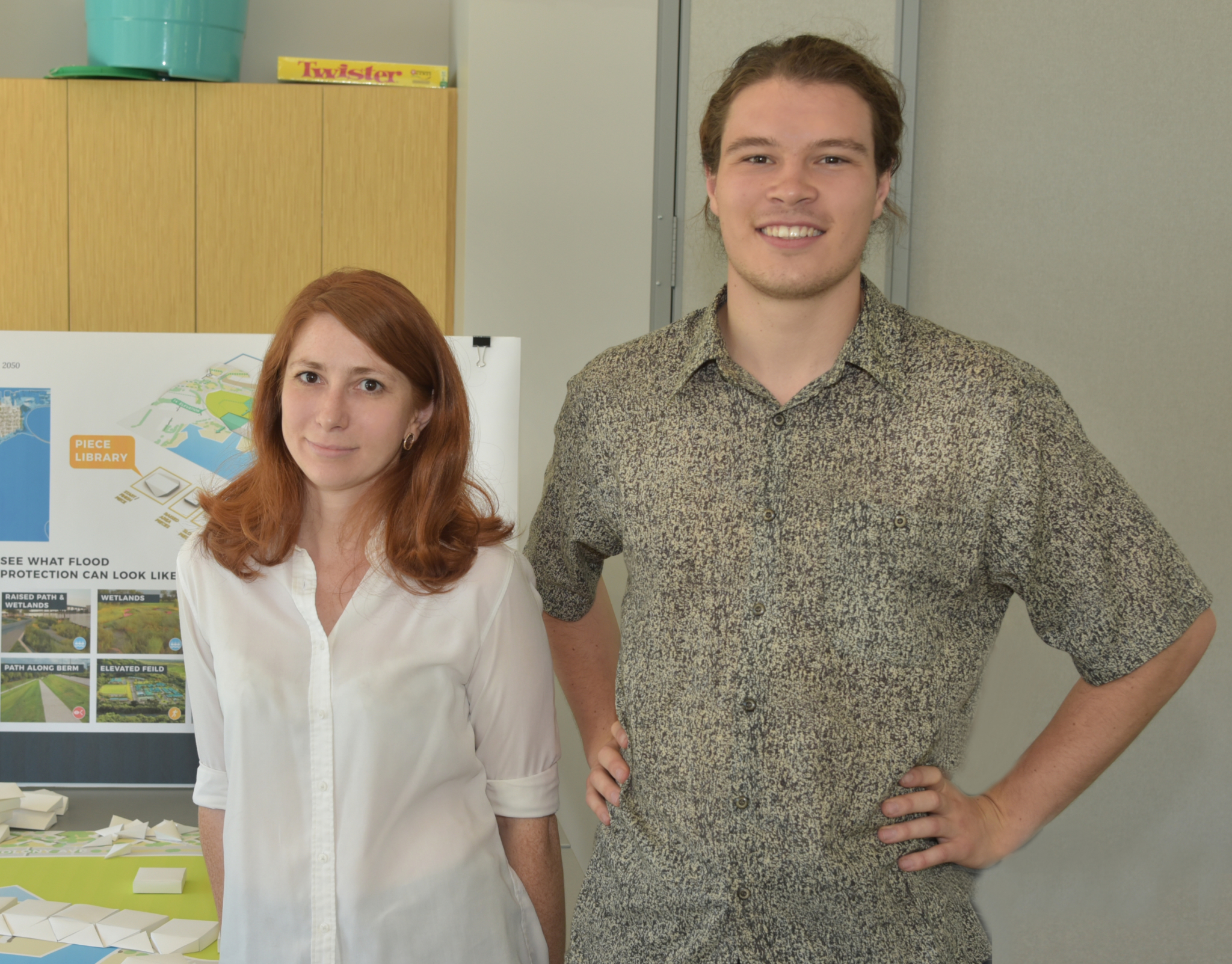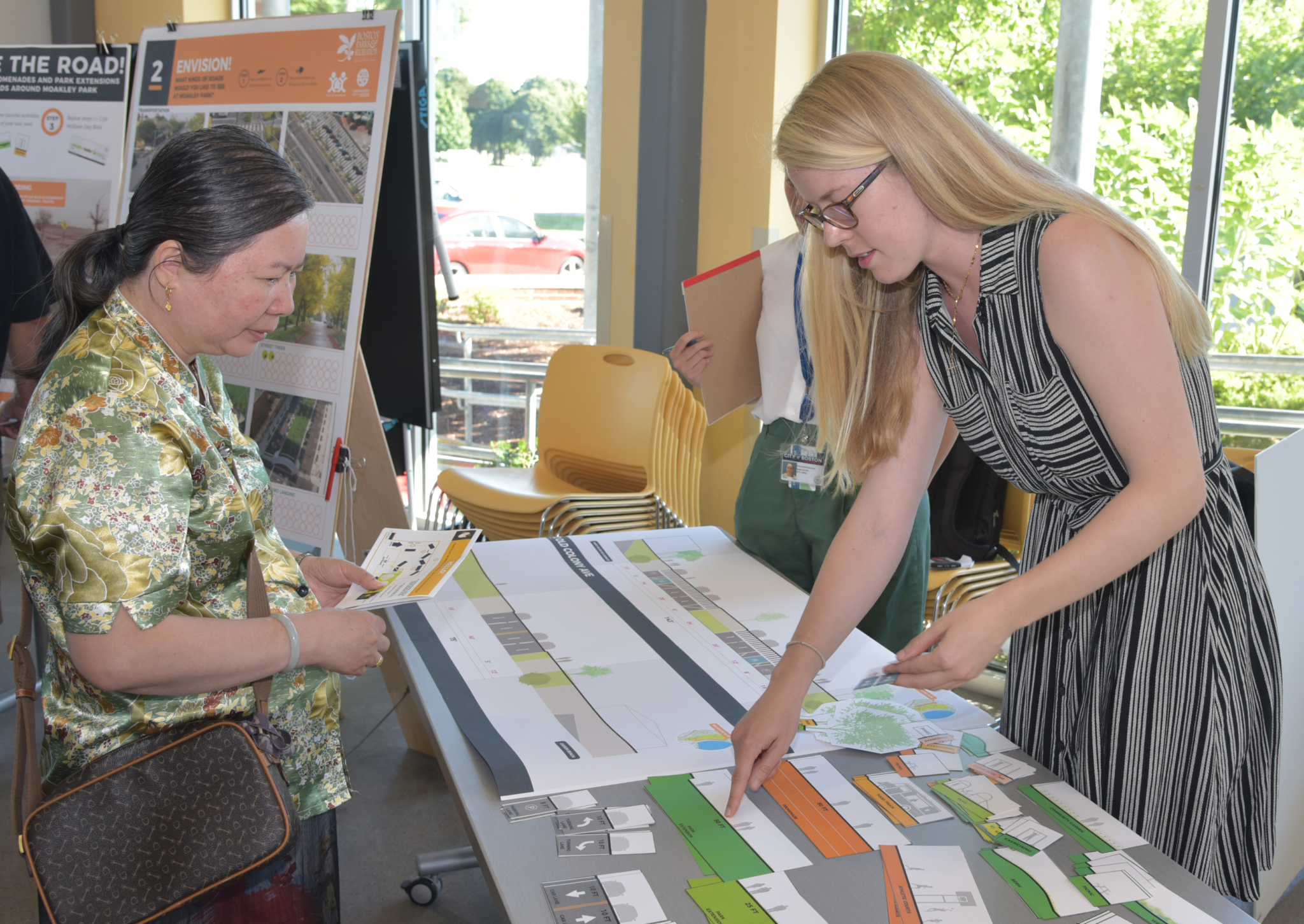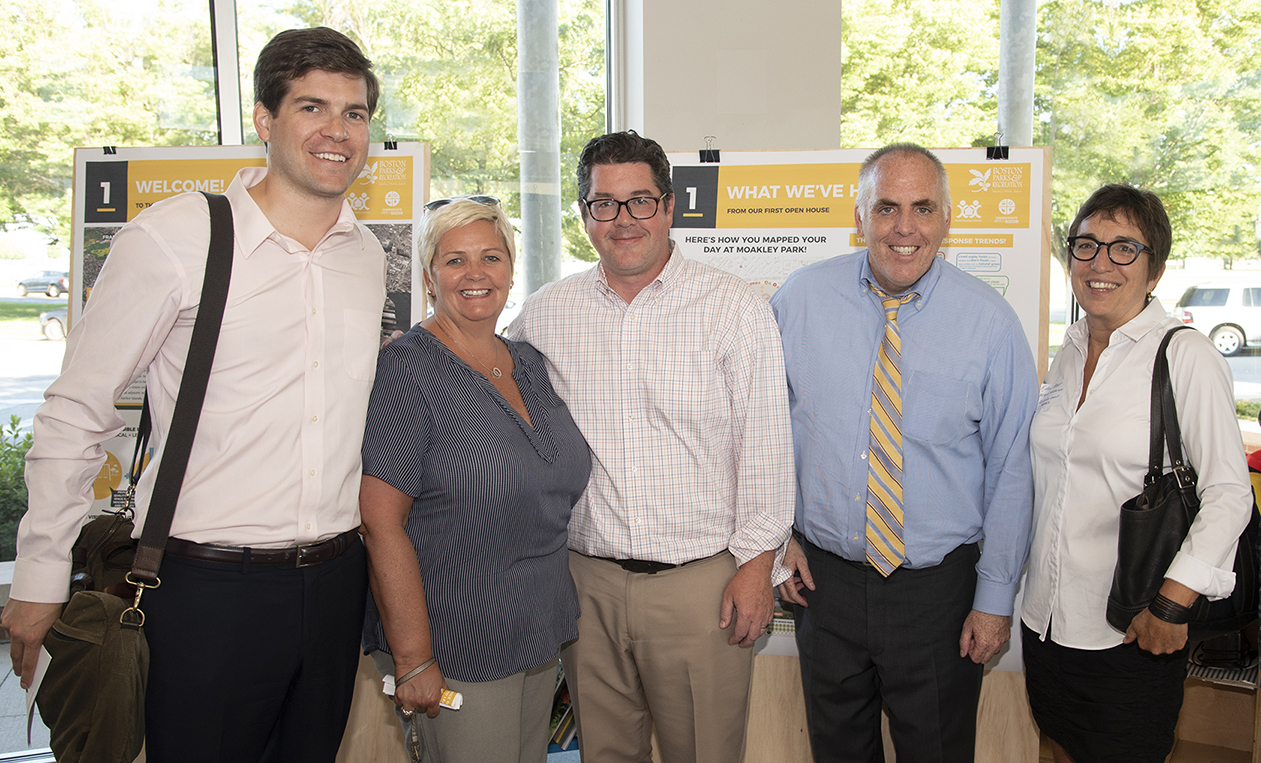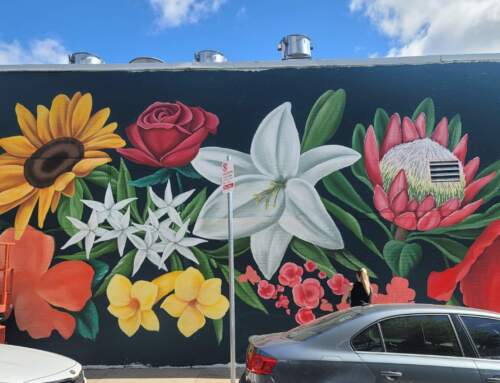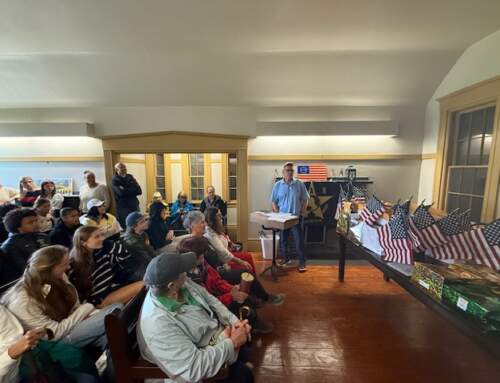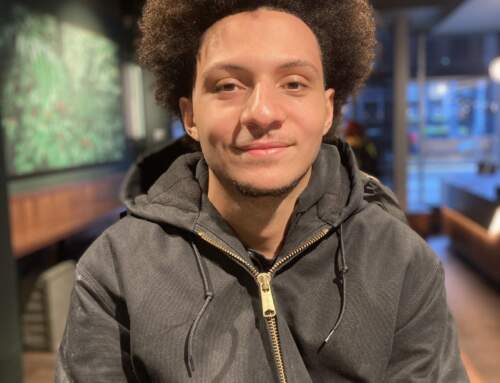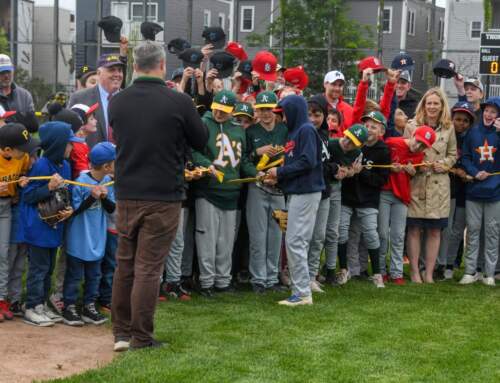By Richard Campbell
South Boston residents, city planners, landscape architects, and stakeholders of all backgrounds met at the Tierney Learning Center this past Thursday night for three hours of exploration on the future of Moakley Park. This was the most recent installment of several meetings to engage stakeholders from the neighborhood to give input into how South Boston envisions the Moakley Park area reinvented to withstand climate change, and to grow its role in the community as a place of recreational culture in the not too distant future.
Some perceive this “future” as happening way down the road, but when talking with Boston Parks Commissioner, Chris Cook, that future is more in his mind as a few years away, when he and the team the city chooses for the design of the new Moakley Park begins the program in earnest. This exploratory phase is a good way to get feedback and discover how people think. He described this phase 1 as aspirational, in building a program the designers are discovering what people would like to see in the future as well as what they truly like about Moakley that they want to be preserved. There are a host of design options that nature may impose upon us. For example, the amount of space for traditional sports might be truncated to make way for flood control systems, or the designers may make the paths throughout the plan have more navigational intentionality between its sections.
Some might say Boston is behind the climate change coming, but the fresh perspectives and willing understanding of the landscape architects from Stoss Design, gave the impression-perhaps a little naively-that they were more than ready to tackle the complexity of this massive undertaking. As predictions of the coastal water levels speed up, the criticality of some kind of resiliency plan is becoming more urgent. However distant and unpredictable the problem, the solution is not merely one of safe civil engineering, but of landscape design, architecture and even aesthetics. The big question is: How will Moakley Park function in the future with the ocean moving into our back yards?
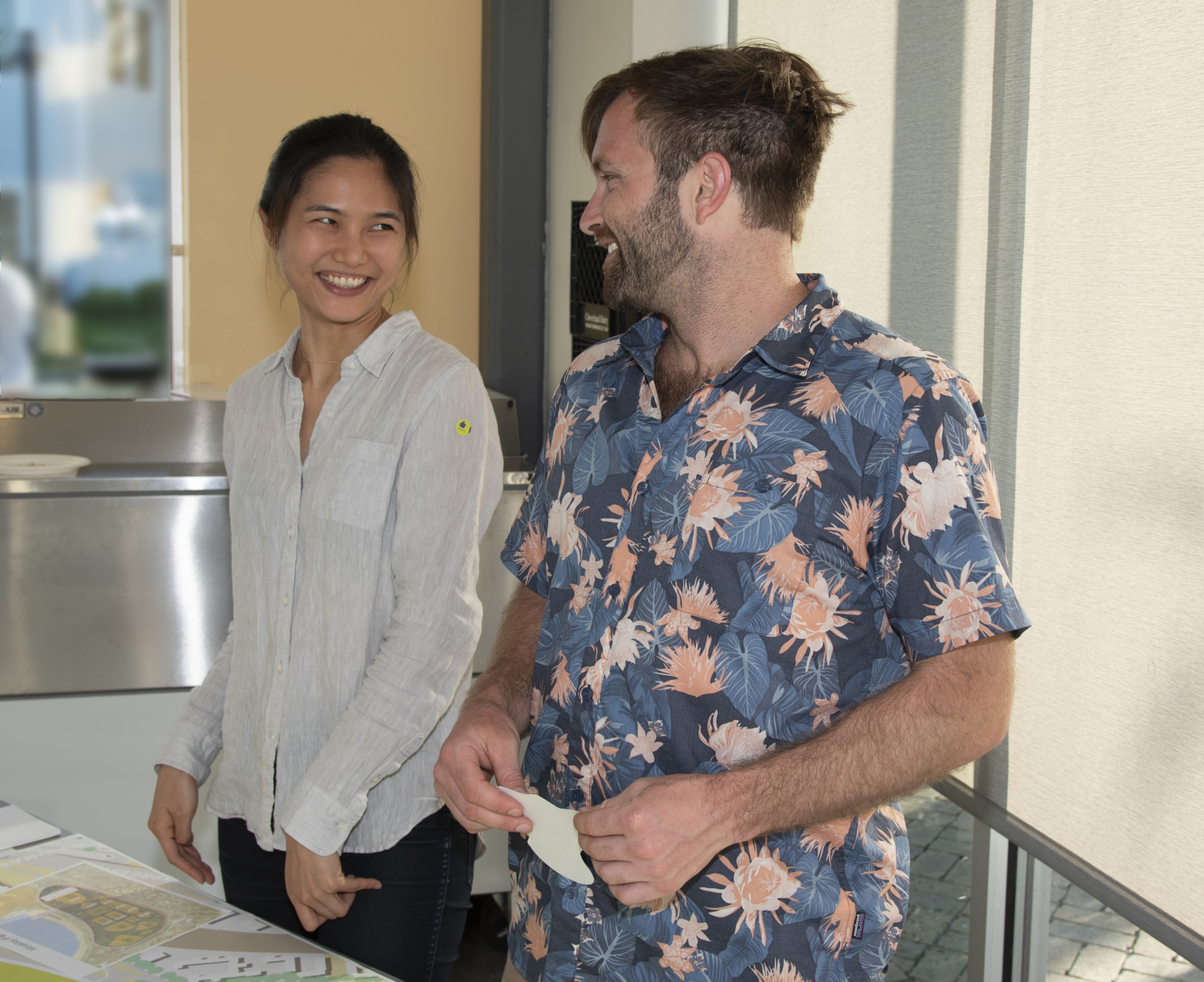
For the participants in this carefully orchestrated review of future boards, led by Allison Perlman, a Project Manager, a small group of harborside residents got the gist. In gathering the story, I had the feeling that most people were trying to orient themselves to the project boards. Some students understood the programmatic participation better than the older adults, with one bright young girl zooming right in on her favorite sports and pastimes. This made sense, for in some respects the design process resembles games that girls are more familiar with than boys- that of placing different coverings or accessories onto the boards or thinking of different social interactions. The boys, were perhaps stereotypically focused upon moving the dirt. I overheard conversation of two boys: “Yeah, like how many dump trucks of gravel is that going to take? It’ll be like the big dig in reverse.” Wisdom comes out of the mouth of babes.
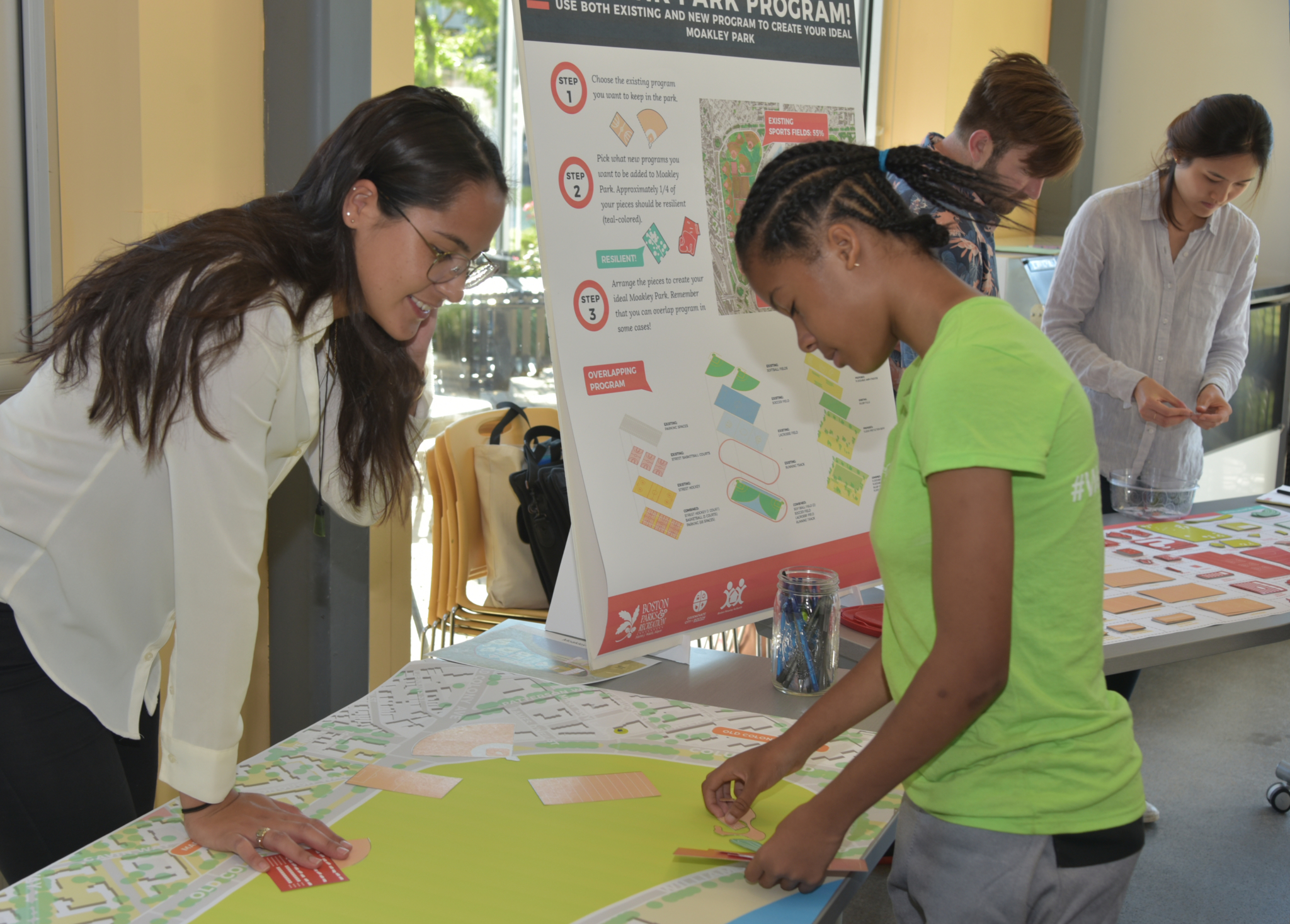
As homey as the boards were, the Gestalt of this process is a little less lodged in what we do at Moakley today, but will ultimately involve a more futuristic design paradigm, only suggested by the liner notes. The true designers were maintaining a healthy skepticism about what is possible or considered inevitable given the frame of reference, as everyone is waiting on the science. For if Moakley Park is going to be partially under water, you know the rest of the Boston harbor isn’t going to fair to well either. The element of “who knows” was pervasive, and some of us thought, we might not be truly representative of the future neighborhood interests- especially after the alien invasion. You are not sleeping anymore, are you? All kidding aside…
The point about future design is that it is one area where the normative ideas in South Boston (“Don’t change anything, that’s where I play ball.”) may not apply. We are talking about a four-foot rise of the entire area and some gigantic unthought of method of flood control. The expectation that Carson Beach would not even be there gave me a little chill. I have often thought looking out at the bath house: the ocean will be taking over. Some familiar Boston Harbor stakeholders, (Kathy Abbott from Boston Now), were on hand to look closely at the concepts and sift through the perspectives with designers. This did turn the conversation to the whole seaport, and not only our neighborhood. Oh, where is our greenhouse under the glass, the once and future indoor botanical garden never installed on the Rose Kennedy Greenway? Maybe we’ll get lucky, and someone will consider Moakley Park.
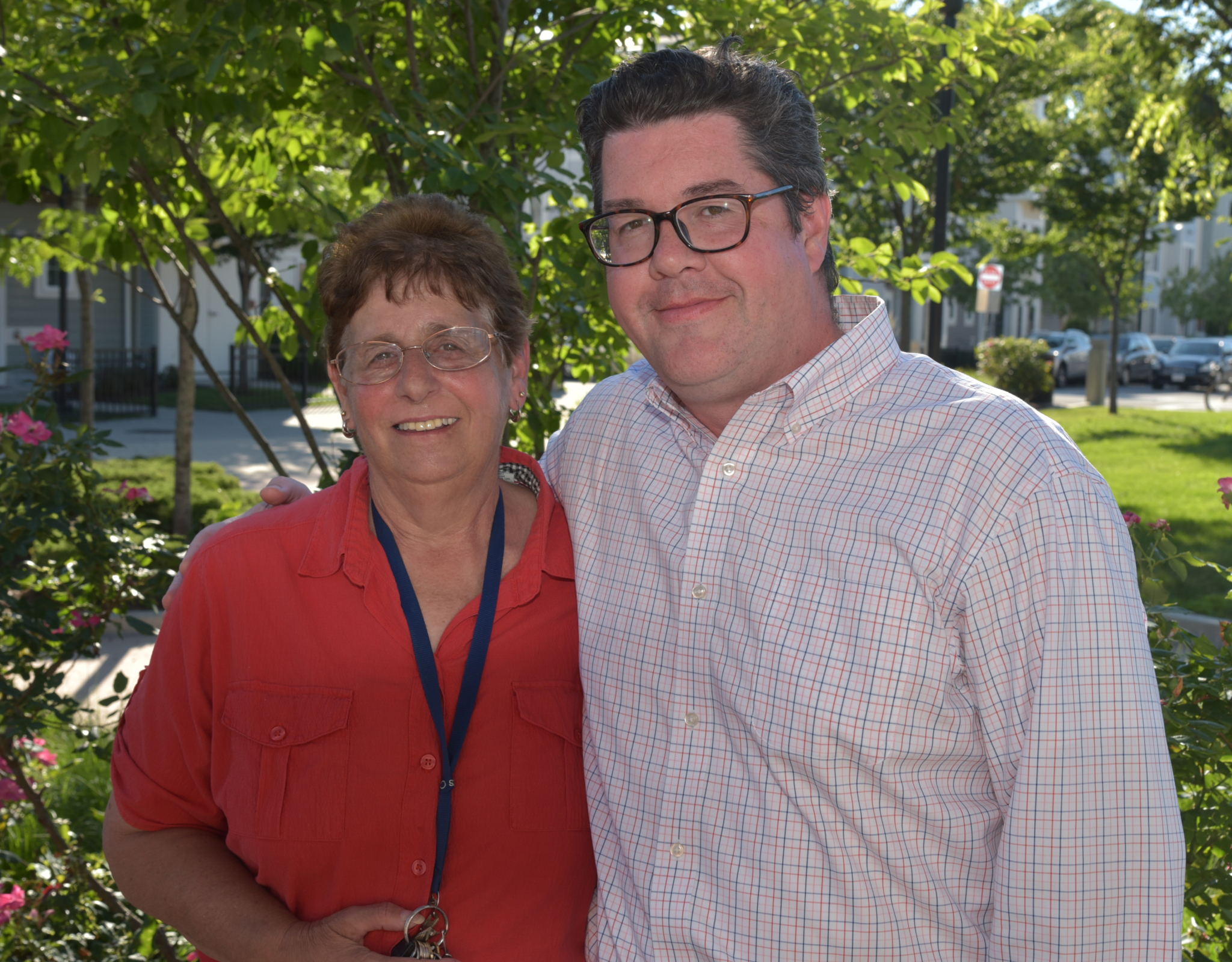
South Boston’s front lawn becomes a bigger issue than merely what we want, but how we are going to keep nature at-bay, so the neighborhood can still thrive. Where the Seaport area may have done little to find inherent resiliency, having been filled in with large buildings already, Moakley might become a critical pressure point. Depending upon the ocean currents, tides and estuary support, and some form of spectacular engineering; there is a lot at stake in trying to protect the future city. In other words, that which is imagined as an Olmstead-like park playground could become something an elaborate high-tech flood plain with a park on top. For South Bostonians adaptation to the ocean has probably not been as dramatically urgent since its early settling. The old timers who chuckle: “Not my problem… I’ll be dead by then,” may yet see the beginning of the construction of the Moakley Park Super Highway Water Reovery System. Are you planning on being around in 2025?
